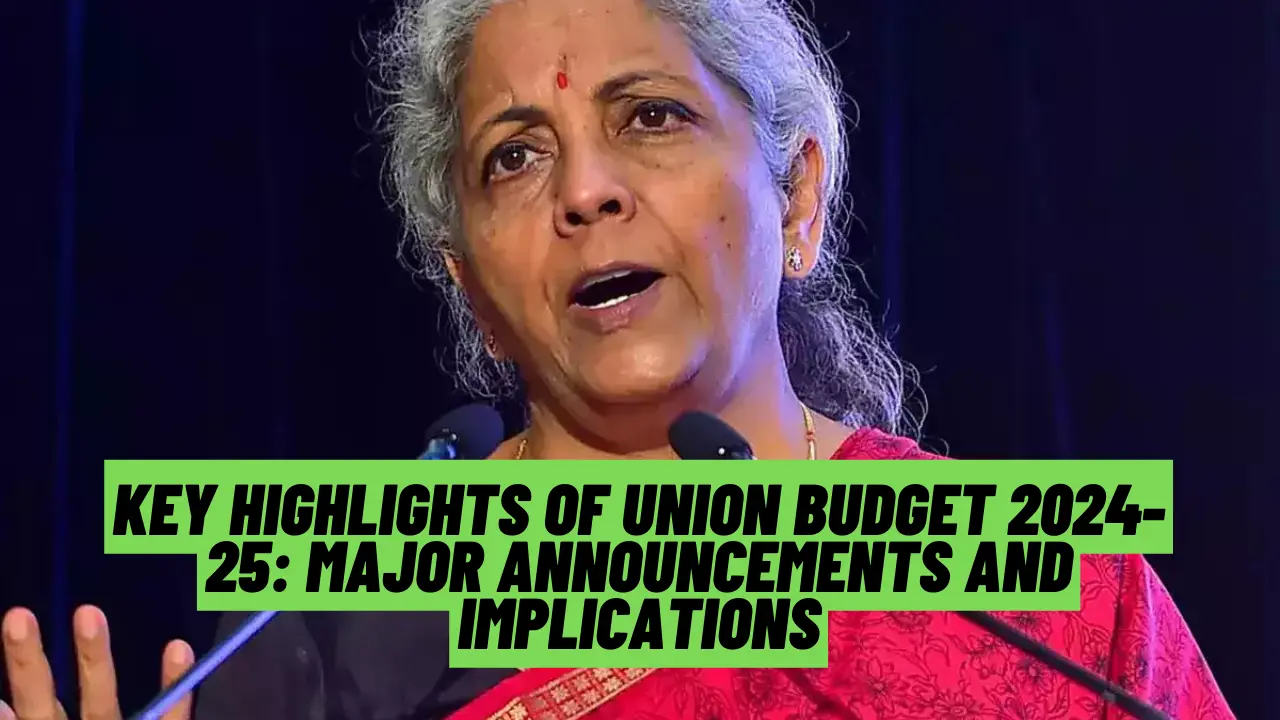Bajaj Finserv has launched its Large Cap Fund, now open for subscription to investors. This new fund is aimed at providing long-term capital appreciation by predominantly investing in large-cap companies. Here are the key details investors need to know:
Fund Objective
The Bajaj Finserv Large Cap Fund aims to deliver long-term capital growth through a diversified portfolio primarily consisting of large-cap stocks. These companies are generally established players with a significant market presence and robust financials.
Investment Strategy
The fund will focus on investing in large-cap companies across various sectors. The investment strategy includes identifying companies with strong growth potential, solid management teams, and a proven track record of performance. The fund managers will employ a mix of top-down and bottom-up approaches to select stocks.
Key Features
- Fund Type: Open-ended equity scheme
- Investment Universe: Primarily large-cap stocks (top 100 companies by market capitalization)
- Minimum Investment: ₹5,000 for lump sum investments
- SIP Investment: Systematic Investment Plan (SIP) options starting at ₹500 per month
- Fund Managers: The fund is managed by experienced professionals with a strong track record in equity investments.
Benefits of Investing in Large Cap Funds
- Stability: Large-cap companies tend to be more stable and less volatile compared to mid-cap and small-cap stocks.
- Growth Potential: While large caps may not have the explosive growth potential of smaller companies, they offer steady growth and reliable dividends.
- Diversification: Investing in a large-cap fund provides diversification across sectors and industries, reducing risk.
Risk Factors
While large-cap funds are generally considered less risky than their mid-cap and small-cap counterparts, they are still subject to market risks. Investors should be aware of the potential for market fluctuations and economic downturns affecting the performance of large-cap stocks.
Subscription Details
The subscription period for the Bajaj Finserv Large Cap Fund is now open. Interested investors can subscribe through various channels, including the Bajaj Finserv website, authorized distributors, and financial advisors. The fund also offers SIP options for those looking to invest systematically over time.







